Infantino sparks another revolution; could the Summer World Cup be reaching its final chapter?
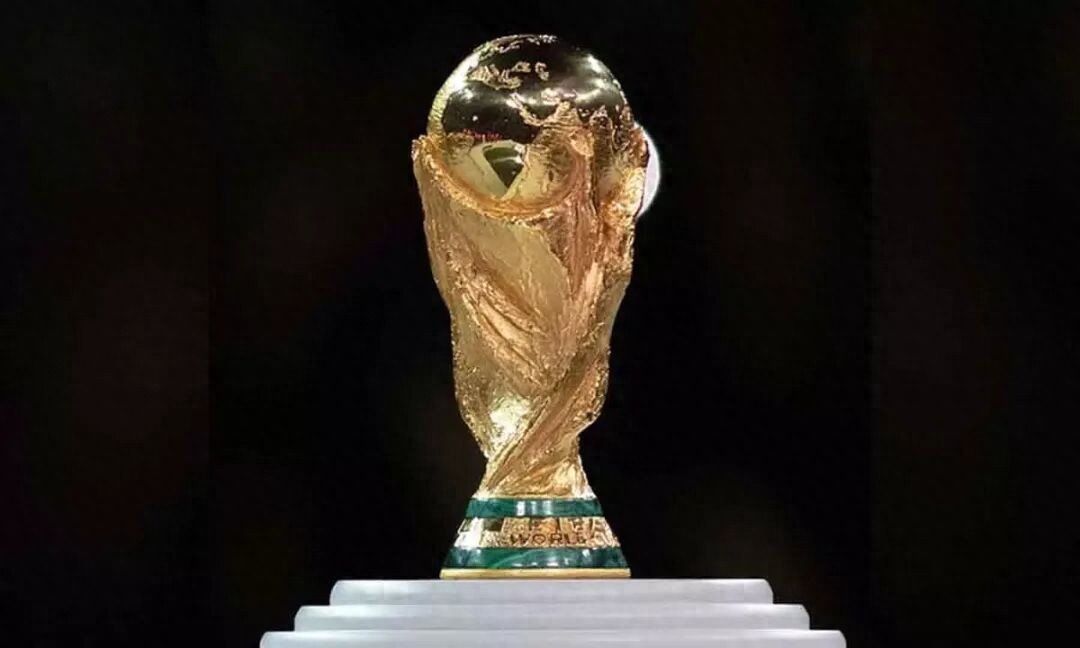
Written by Han Bing On October 9th, FIFA President Infantino shocked attendees at the European Club Association (ECA) annual conference in Rome with remarks that could reshape football’s future landscape. Addressing representatives from over 900 European clubs, he emphatically stated that major competitions, especially the World Cup, should progressively move away from the conventional summer schedule; upcoming World Cups and Club World Cups will be hosted more frequently in winter, and he called on the football community to maintain an “open mindset.”
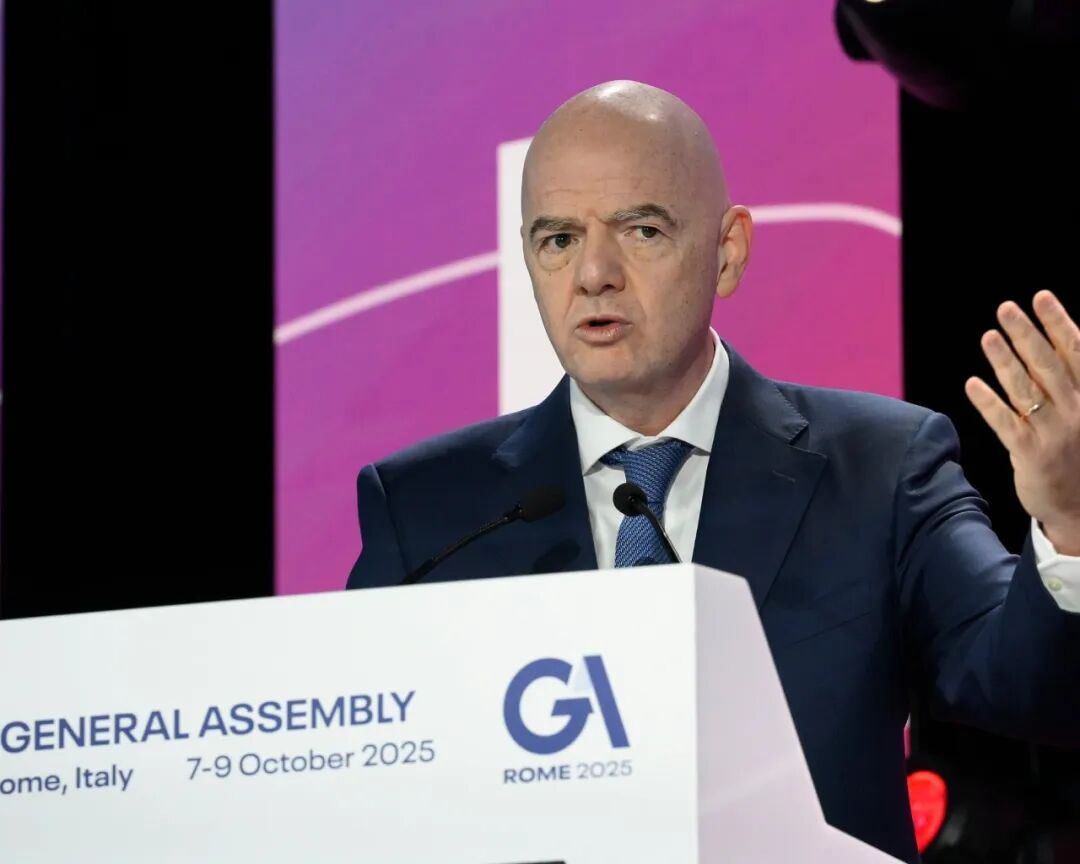

Infantino clarified that FIFA has set up a task force to study global calendar reforms, with the main goal of freeing world football from the traditional constraint of congested major tournaments during the hot summer months. He emphasized that this change is not solely because of the 2034 World Cup in Saudi Arabia, stating, “This is not just about one World Cup, but a reflection on a widespread phenomenon. Even in some European countries, July is unusually hot, and June is actually the best time for matches, yet European football rarely takes advantage of this prime period.”
This summer’s Club World Cup in North America provided real-world evidence supporting this viewpoint. During the tournament, temperatures in many parts of the U.S. soared to 39°C, with the high-profile PSG vs. Chelsea match experiencing extreme heat exceeding 40°C, forcing multiple stoppages for player hydration and cooling breaks. Additionally, several matches were delayed due to heatwaves and thunderstorms—an uncommon occurrence in similar past tournaments. The 2030 World Cup hosts—Spain, Portugal, and Morocco—are all Mediterranean countries where summer temperatures also approach 40°C, making the impact of heat on events an unavoidable concern.


Infantino bluntly stated that future World Cups, Club World Cups, and other major tournaments should gradually shift to winter scheduling, but his deeper objective is to drive a comprehensive “reset” of the global football calendar under FIFA’s leadership. He revealed, “We are now in the detailed planning phase; October and March are months suitable for international matches anywhere in the world.”
This statement is backed by facts—FIFA’s report released last April clearly indicated that the optimal temperature window for hosting football tournaments in Saudi Arabia is from October to April of the following year. Clearly, Infantino is signaling that future global tournaments will prioritize “universally suitable” periods like October and March; the year-end season in the Middle East and the cooler months in the Southern Hemisphere also meet temperature requirements, while the hot summer will no longer be the preferred choice and might eventually be completely abandoned.
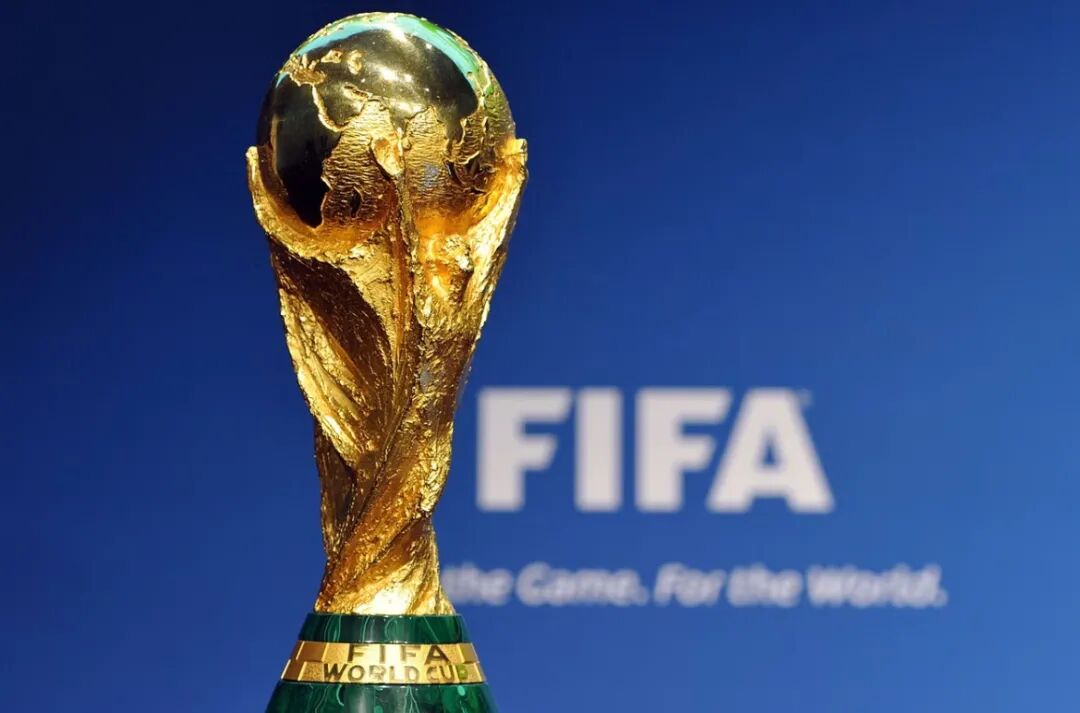
The specific path for calendar restructuring is becoming clearer. Earlier reports from European and American media revealed that FIFA plans to concentrate the five annual international match windows into March and October, extending each window from the current 10 days to about 20 days, scheduling four matches per window to complete major tournament qualifiers. This adjustment will free up time for “regular winter tournaments” and force global leagues, centered on the Big Five European leagues, to evolve accordingly: cross-season leagues will extend their season finales from May to June, ultimately creating a global calendar system centered on FIFA competitions.

Infantino’s proposal for a “regular winter World Cup” has been widely interpreted as a tentative move in FIFA’s power struggle with UEFA for control over world football. The gesture aims both to gauge the reactions of European football, media, and fans, and to demonstrate FIFA’s determination to “decentralize” the calendar away from Europe’s dominance.
Looking back at World Cup history, among the 24 tournaments before the 2034 Saudi World Cup, 17 were held in the Northern Hemisphere summer, with 12 hosted in Europe—linking the tradition of summer tournaments closely to Europe’s dominant role in football. If summer World Cups and Club World Cups gradually decline, Europe’s chances of hosting will significantly diminish unless European football fully embraces Infantino’s plan.
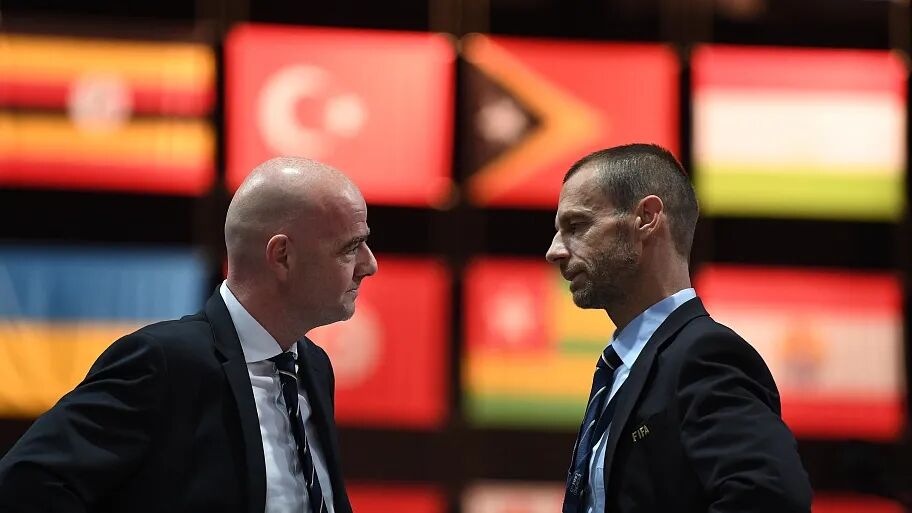
For European football, the calendar reform’s impact goes far beyond a mere “seasonal shift.” Once FIFA-led global calendar restructuring is implemented, European leagues will be forced to integrate into this system: the traditional May-ending Big Five leagues will have to extend their seasons to mid-to-late June, similar to the adjustments made during the 2022 Qatar World Cup to accommodate FIFA events in winter. This means clubs and players must completely adjust their training, match, and holiday routines, even altering long-established lifestyles; more importantly, with leagues occupying the June window, the traditional European Championships will also need to move to autumn and winter, marking a new developmental era for European football.

Infantino’s ambitions go beyond just calendar changes. His previous plan to hold men’s and women’s World Cups every two years was not realized, but the successful hosting of this summer’s Club World Cup in North America has renewed his push to make the Club World Cup biennial—an idea well-supported by the normalization of winter tournaments providing a scheduling foundation.
Whether or not the Club World Cup becomes biennial, Infantino’s intention to reshape the global football calendar is clear, and this transformation will profoundly alter the rhythm of world football in the future. Although all adjustments may only become standard after the 2030 World Cup, fans might need to prepare mentally in advance: the 2030 World Cup, jointly hosted by Spain, Portugal, and Morocco, could be the last World Cup held in summer. The century-old tradition of summer World Cups stands at a historic crossroads.
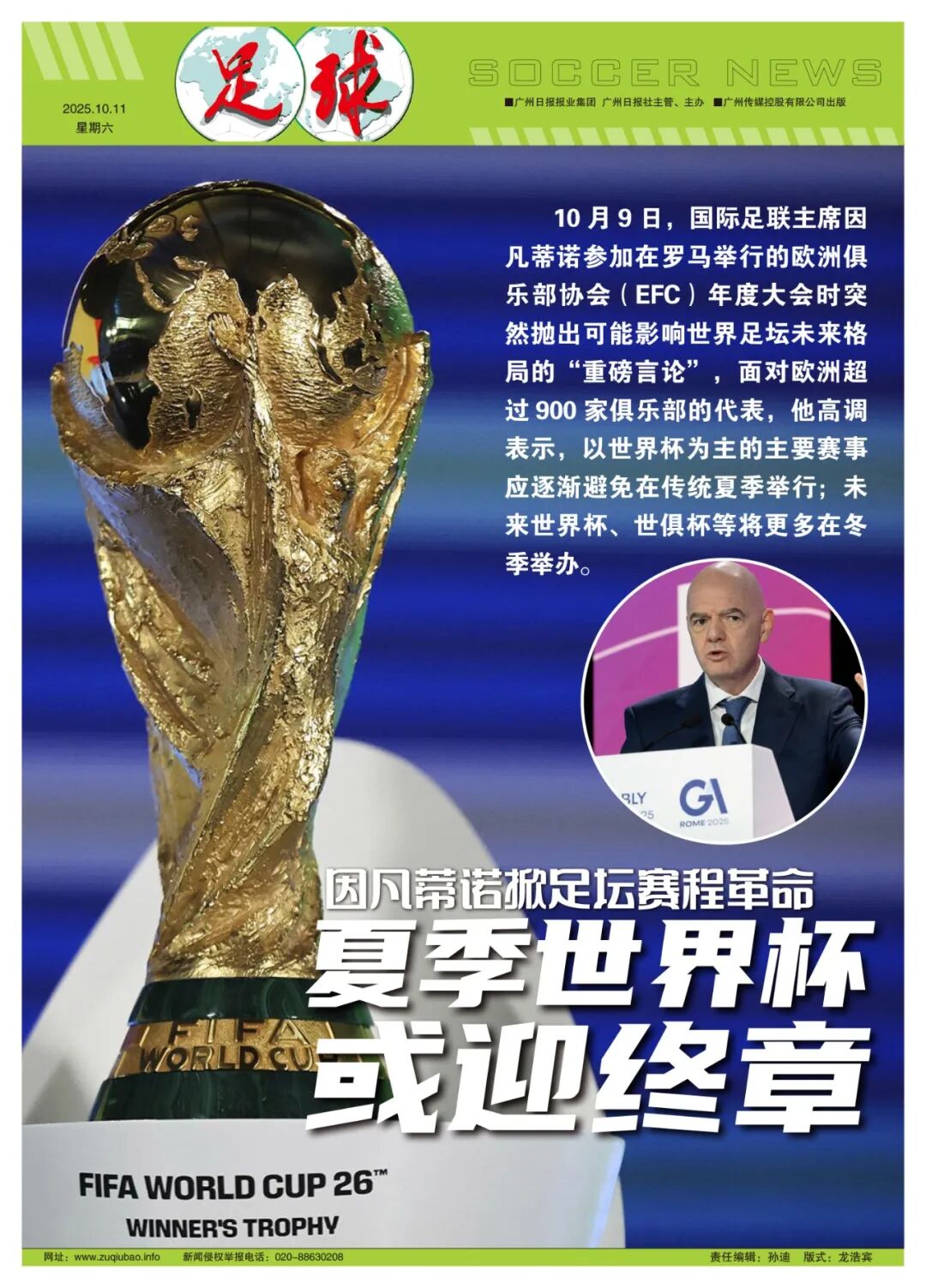


Wonderfulshortvideo
🥶🥶


The Nuno Mendes x Cristiano Ronaldo link-up 😮💨🔗


Harry Kane is the BEST striker Thomas Tuchel has EVER worked with 👀🏴


User esportapi has posted a video.


Marcus Rashford pays tribute to Cristiano Ronaldo 👏


Cristiano Ronaldo is the


User FieldFrenzy has posted a video.








 Links
Links
 Contact
Contact
 App
App


